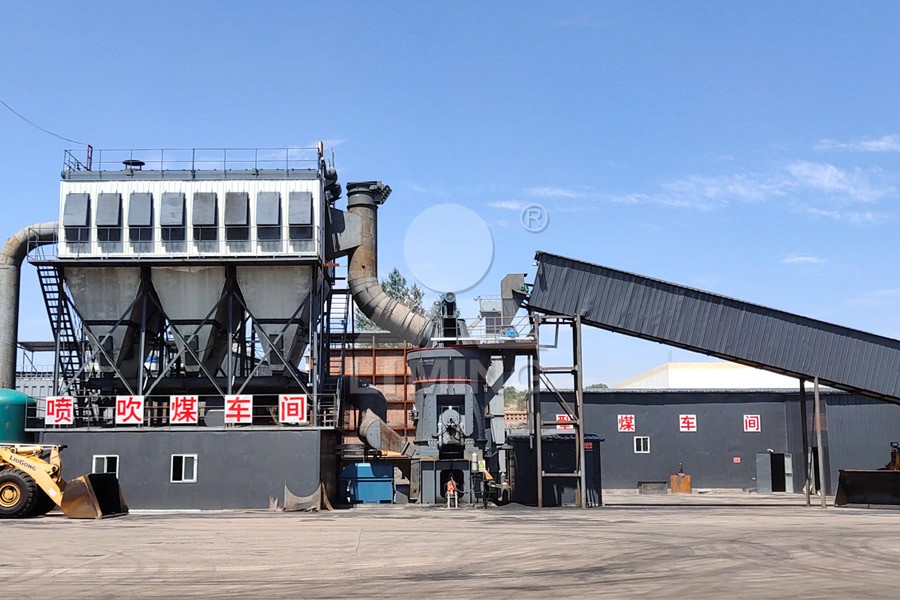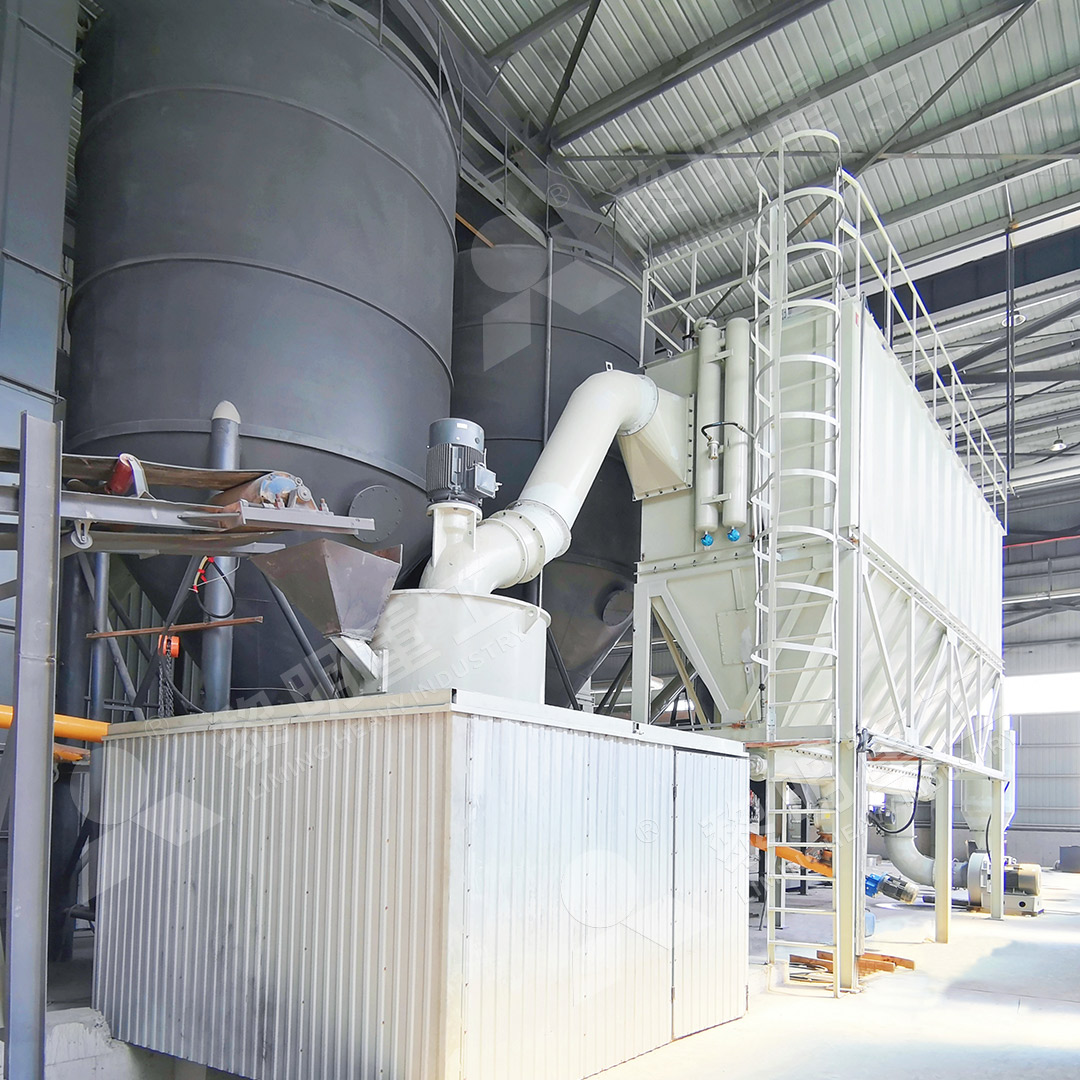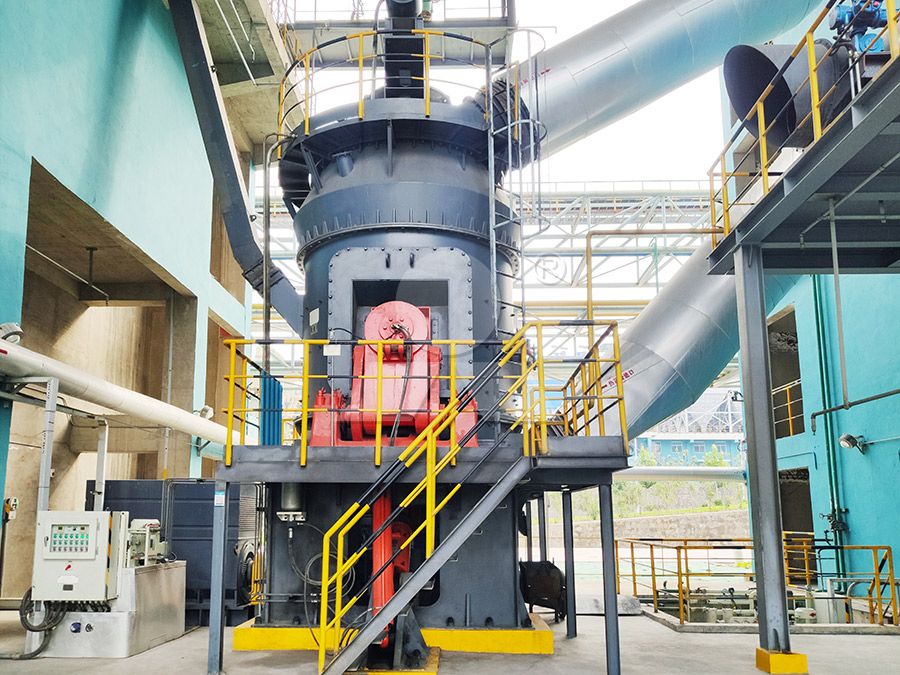Optimizing Ore Powder Mixing: Water-Treated Slag Grinding to 300 Mesh
We provide a wide range of mills — including Raymond mill, trapezoidal mill, vertical mill, ultrafine mill, and ball mill, obtained ISO9001 international quality certification, EU CE certification, and Customs Union CU-TR certification. Suitable for processing minerals such as limestone, phosphate, quicklime, kaolin, talc, barite, bentonite, calcium carbonate, dolomite, coal, gypsum, clay, carbon black, slag, cement raw materials, cement clinker, and more.
The discharge range of these mills can be adjusted to meet specific processing needs, typically from 80-400 mesh, 600-3250 mesh, and can achieve the finest particle size of up to 6000 mesh(D50).
If you are looking for a reliable grinding solution to turn stone or minerals into fine powder, please feel free to contact our online customer service.
Optimizing Ore Powder Mixing: Water-Treated Slag Grinding to 300 Mesh
In the world of industrial minerals and construction materials, achieving the optimal particle size is paramount. For applications involving water-treated slag, the target of a 300-mesh fineness (approximately 50 microns) is a common industry benchmark. This specific size distribution is crucial for enhancing the pozzolanic properties of the slag, making it an invaluable component in high-performance concrete mixes and sustainable cement production. The grinding process, however, presents unique challenges that demand robust and efficient milling solutions.
The Challenge of Slag Grinding
Water-treated slag, a byproduct of the steel industry, is known for its hardness and abrasive nature. Traditional ball mills often struggle with high energy consumption, significant wear on grinding media, and inconsistent particle size distribution when processing this material to a fine 300-mesh powder. The goal is not just to achieve fineness but to do so with high yield, low operational costs, and minimal environmental impact. This requires a mill designed for high abrasion resistance, precise classification, and energy efficiency.

Introducing the MW Ultrafine Grinding Mill: A Tailored Solution
For operations focused on precision grinding of materials like water-treated slag, the MW Ultrafine Grinding Mill presents an ideal solution. This machine is specifically engineered for customers who need to make ultra-fine powder from challenging materials. With an input size of 0-20 mm and a capacity range of 0.5-25 tph, it offers the flexibility needed for various production scales.
What sets the MW Mill apart for slag application is its innovative design. The newly designed grinding curves of the roller and ring significantly enhance grinding efficiency. Compared to a jet mill or ball mill, the MW Mill can achieve 40% higher capacity with the same power input, directly adressing the high energy cost typically associated with fine grinding. Its cage-type powder selector, incorporating German technology, allows for precise fineness adjustment between 325-2500 meshes, making the 300-mesh target easily achievable and consistent (d97≤5μm).

Operational Advantages for Sustainable Production
Beyond efficiency, the MW Mill is built for reliability and eco-friendly operation. A critical feature for abrasive slag is the absence of rolling bearings and screws in the grinding chamber. This eliminates common failure points and prevents machine damage from loose components, ensuring continuous 24/7 operation with minimal unscheduled downtime. Furthermore, the integrated efficient pulse dust collector and muffler system ensures that the entire milling process meets stringent environmental protection standards, containing dust and reducing noise pollution—a key consideration for modern plants.
For larger scale operations or slightly different feed characteristics, another excellent option from our portfolio is the LUM Ultrafine Vertical Grinding Mill. It integrates advanced grinding roller and powder separating technology, offering exceptional energy savings of 30%-50% and is renowned for its operational stability and easier maintenance, making it a superb alternative for high-volume slag processing.
Conclusion: Precision, Efficiency, and Reliability
Grinding water-treated slag to a consistent 300 mesh is no longer a process fraught with inefficiency and high costs. By leveraging the advanced engineering of mills like the MW Series, producers can optimize their ore powder mixing, enhance the quality of their final product, and do so in an economically and environmentally sustainable way. The higher yield, lower energy consumption, and worry-free operation make it a smart investment for any operation serious about quality and efficiency in mineral processing.

